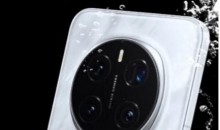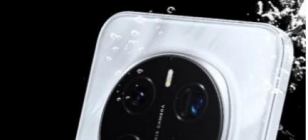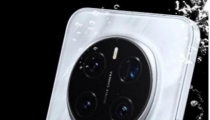5 Unusual UX Design Skills You Need to Land In Your Dream Job!
Dec 08, 2019 07:53

With UX design becoming the most popular carrier options, the need to polish skills become more clear. From using high-end tools to understand the ins and outs of the UX design to knowing its complete psychology, there are various skills that will set any upcoming designer up for success.
Having said that, UX design is a huge industry, and no single course leads a career in it. This makes UX an umbrella of various jobs and related courses. But, how are you going to keep yourself different from other designers who try to do the same thing.
Here are some additional and unexpected skills you need to keep in mind:
Information and Communication:
While people emphasize on the communication skills of a designer, there's a lot more that tells how a designer should behave, collaborate, conduct code, and discuss things. Therefore, a UXD should not only be confined to limited skills; rather, they should drill more to conduct reviews, questionnaires, and surveys.
Further, asking the right question is important to create interactive mockups to put a real impact on the users. Besides, you should be competent in visual communication. You should have knowledge of things like color, layout, design theory, icons, and more.
Collaboratively Working Is Important:
Unless you have expertise in the design, coding, managing projects, and understanding the markets, you will need to collaborate with other teams in the design process. UX designers work with stakeholders that include developers, project managers, and users.
Let's say- when doing the testing and research part for your Web Design in Montrose, CO, you need to work with participants to know if you are creating high-quality information. Likewise, when working on a design, you need to identify how the design work fit with your product. And, for this, you have to work with project managers and other people.
Wireframing:
Wireframing is like a blueprint for each screen of the interface. It is used to layout content and functionality to show the basic structure before visual design and content. It shows the elements that have to be present from one page to another.
For a web page, wireframing indicates which interface elements will exist on a page. It can also be used to create the global and secondary navigation to ensure that the structure and terminology used for the website user to adhere to expectations.
Empathy:
Designers also need to identify the needs and feelings of clients, and having empathy skills in the designer will help in thinking someone's perspective. While for some people, it comes instinctively, other designers need to work on this.
Also, it has special importance in the design process as empathy is a user-centered discipline. To be an empathetic designer, you need to be a good listener; you have to improve your observation skills and more. You need to be mindful of interacting with the people you are empathizing with. Just be open-minded and welcome other's decisions and opinions about the layout.
Continuous Learning:
A learning process for designers is a never-ending process; you get a chance to learn at every point. Moreover, the designing is shifting and evolving with new tools, conventions, standards, platforms, and more.
Previously, the digital design industry has drifted from interface design using keyboard-mouse, to the touch-based screens. These shifts have also increased users' expectations, the reason you should keep on the learning process.
Understanding Code:
Designers should also have knowledge about the digital product and other technical constraints. You should have knowledge of HTML, CSS, and Javascript that is helpful in prototyping design. When designing interfaces, the coding skills will help you layout modularly. Moreover, you will be able to design in the budget, which is very important when you have a startup, have deadlines, or is out of budget.
So, those were some unusual and important UX design skills that you should have to be in your dream job.







































































